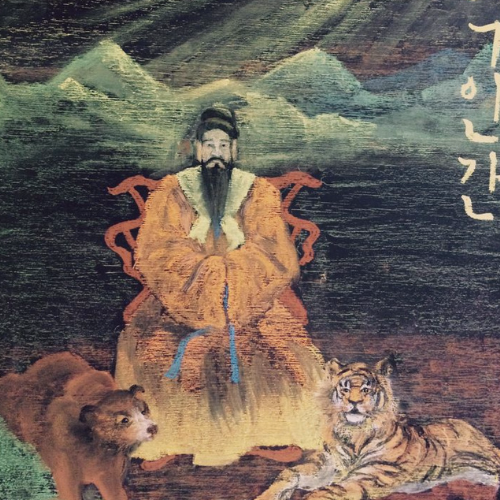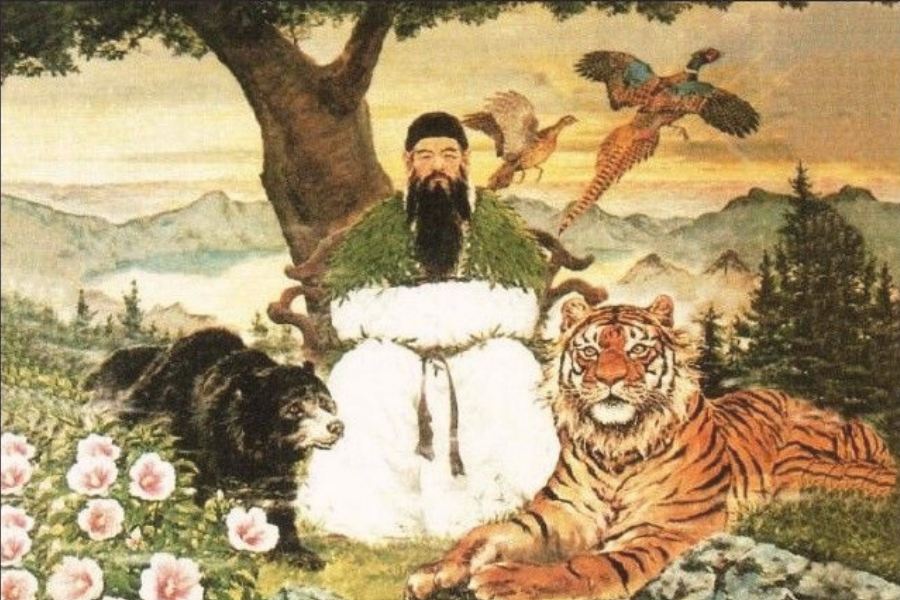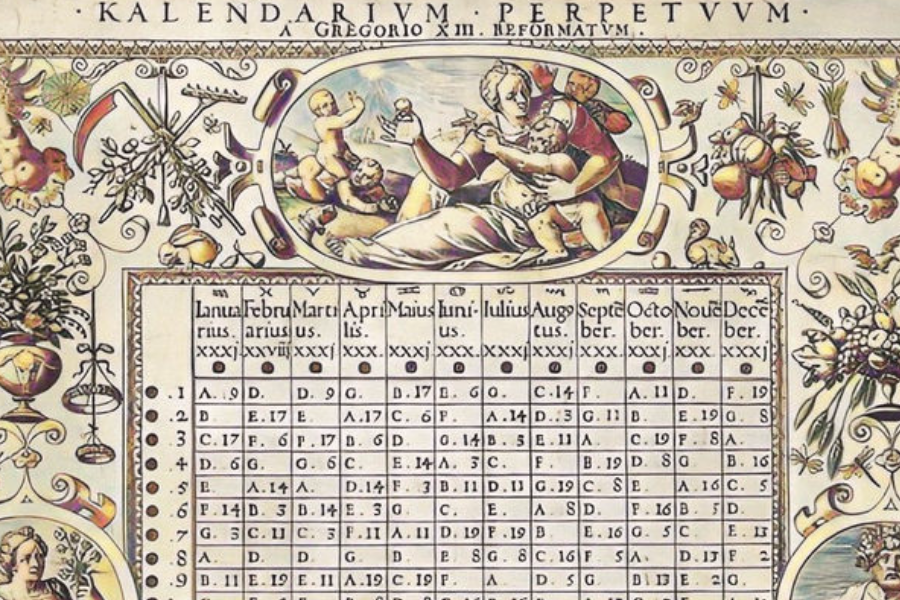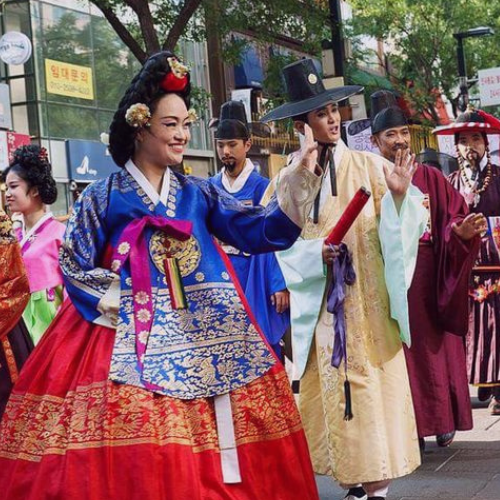
It is a fact all over the world that twelve months make a year, but not every part of the world uses the same calendar. Some of the various calendars in the world include; the Chinese calendar, the Julian calendar, the Buddhist calendar, the Gregorian calendar, etc
The most widely accepted and recognized calendar in the world is the Gregorian calendar. About 168 of the world’s countries use the Gregorian calendar as their official calendar as of 2021. The Gregorian calendar is a solar calendar with 12 months of 28-30 days each.
Unlike Afghanistan, Ethiopia, Iran, Nepal, and some other countries that have not adopted the Gregorian calendar, South Korea adopted the Gregorian calendar (Geon-yang) on the first day of January 1896. However, before the adoption of the Gregorian calendar, Korea used a traditional calendar called the Dangun calendar which was not permanently eradicated even after the adoption of the Gregorian calendar.
It is safe to say South Korea uses a double calendar because both the traditional calendar and the Gregorian calendar have their different impact and use in the yearly activities, celebrations, and age addition in the country.
단군 Dangun (The traditional calendar)

The Dangun calendar is a lunisolar calendar and the dates are calculated from Korea’s Meridian. It is a combination of both the lunar calendar and the solar calendar. It is derived from the Chinese calendar and was numbered from the foundation of the Joseon dynasty in 1392. The Dangun calendar was the official calendar that was used in Korea till the adoption of the Gregorian calendar. Although Korea adopted the Gregorian calendar, it did not bring the Dangun calendar into extinction, because it is still held importantly and unofficially used in some circumstances and celebrations that include; Traditional holidays, festivals, age reckoning, and more. Some of the events held on dates with the traditional calendar are:
– 설날 - Seollal (The first day of the Korean New Year)
- 칠석 - Chuseok (Moon festival)
– 단오 - Dano (Spring festival)
– 삼질 - Samjinnal (Spring opening festival) etc
건양 Geon-yang (The Gregorian calendar)

The Gregorian calendar is a solar calendar introduced on February 24, 1582. Koreans adopted this calendar in 1896 with the use of the name 건양Geon-yang (Meaning: adopting the solar calendar). Since the calendar is important in age addition and celebrations, one would think the adoption of the Gregorian calendar would change the use of the ‘Korean age’ but the Korean age system didn’t change until recently. The Korean age allowed Koreans to use the official age calculator. Koreans believe that a child is already a year old during the period of pregnancy and that makes every newborn baby 1 year old at the time of birth. The system also allowed Koreans to claim a new age on every first January regardless of their birth date. The Korean age was not abolished after the adoption of the Gregorian calendar until 28th June 2023. The South Korean president ‘Yoon Suk Yeol’ abolished the use of the Korean age and the international age system was adopted making every Korean a year or two younger.
If you’ve been wondering why there are differences in Korean use of calendar and age, now you know 🙂. It is now easy for us to know Koreans’ ages without using the Korean calculator and simply by being told.
You’re surely going to enjoy your stay in Korea as a foreigner with this new information on some traditional festivals that might be observed. Follow us to know more about the traditional festivals observed in date with the Dangun calendar in our coming articles .
T.Sapphire 💙
T. sapphire is a writer who found her love for the Hallyu wave after watching the historical drama “Jumong.” She is mainly interested in Korean dramas and the history of Korea at large. Explore her pieces as she takes you on a journey through K-Drama recommendations and keeps you informed about the history of the Korean people.
0 Comment(s)
Related Posts
Daily Newsletter
Get all the top stories from Blogs to keep track.





Leave a comment